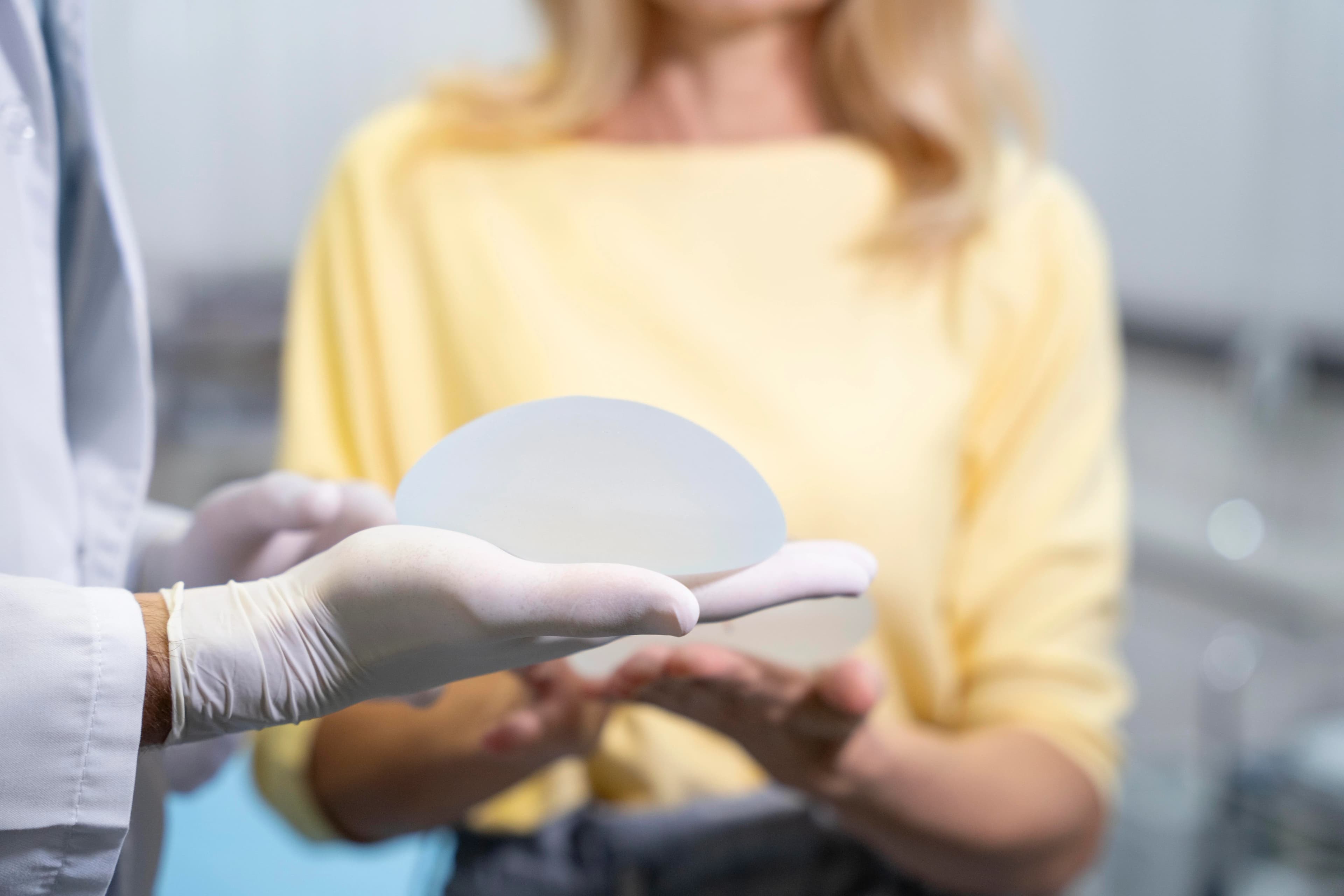Breast augmentation surgery has been one of the most popular cosmetic surgeries in the world. As with any type of cosmetic surgery, you shouldn’t take it lightly. You should talk to your surgeon about your expectations and make your surgery plans based on your personal preferences. Here is everything you’ll need to know before a breast augmentation surgery.
What is breast augmentation?
Breast augmentation is usually performed to enhance the size and shape of women’s breasts with implants. You may have a variety of reasons to have a breast enhancement surgery such as loss of breast volume due to weight loss or pregnancy, creating a more balanced body, or just improving your appearance.

What are the different kinds of breast augmentation?
The two main types of breast augmentation are breast implants and fat transfer augmentation. Based on how you want your breasts to look and feel, there are multiple different options within these categories.
Breast Implants: Breast implants are the most common type of breast augmentation. Breast implant options include:
Saline breast implants: Filled with sterile saline (salt water), if the implant were to break inside your breast, your body would absorb the saline and naturally get rid of it.
Structured saline breast implants: Filled with sterile saline (salt water), and has an inner structure that helps the implant feel more natural.
Silicone breast implants: Made of silicone gel, if these implants were to break, you are at risk of the gel leaking into your breast. If you choose them, you might need regular check-ups to make sure your implants are working properly.
Form-stable breast implants: Known as gummy bear breast implants, they keep their shape even if the implant shell breaks. These implants are made of a thicker silicone gel and require a longer surgery.
Round breast implants: Since these implants are round all over, they make breasts look fuller.
Smooth breast implants: Out of all kinds of implants, these feel the softest. Making the breast movement look more natural than other implants.

Fat transfer breast augmentation
During this, your surgeon will use liposuction to take fat from one part of your body, and then inject it into your breasts. This type is best for those looking for a relatively small increase in their breast size. Your surgeon will take fat tissue from one of these areas:
Your belly
Your flanks (the sides and lower back of your abdomen)
Your back
Your thighs
Who is an ideal candidate?
Any patient 18 or older is eligible to have saline implants. Generally, ideal candidates for breast augmentation are:
Nonsmokers
Not pregnant or breastfeeding
Fully informed with realistic expectations
Living at a healthy and stable weight
What to keep in mind about breast augmentation surgery?
A breast augmentation cannot fix sagging breasts: If you want to correct sagging breasts, you should undergo a breast lift or mastopexy since a volume increase to the breasts may appear sagging. During a breast lift, tissue tightening, removing excess skin, and repositioning the nipples are done. Patients who’ve experienced pregnancy and breastfeeding, usually undergo a combination of lift and augmentation.
Breast implants will need to be replaced at some point
Even though breast implants are safe and long-lasting, they are not lifetime devices. You’ll need to have a replacement surgery after a decade. Those with implants are required to have annual checkups and perform self-checks regularly. Also if you have silicone implants (leaks from which are less obvious), you should receive MRI scans three years after surgery and every two years after that.
Choosing a breast implant type is not that simple
Choosing the right implant has many factors such as shape (round or teardrop-shaped), texture (smooth or textured shell), and profile. The right size for you can depend on body proportions, posture, and skin elasticity.
Incision location
The site of the incision can determine whether or not you’ll be able to breastfeed. Surgeons usually recommend incisions in the fold underneath the breast or at the armpit, rather than an incision around the areola for those wishing to breastfeed later on.
What you see immediately after surgery will not be your final results
Swelling and bruising are part and parcel of the majority of surgical procedures, and yet many patients are distressed with the amount they might see in the days immediately following surgery. Swelling can take weeks to resolve, along with the adjustment of breast implants to an appropriate position.

What to expect during the procedure
Breast augmentation surgery is usually performed with either general anesthesia or conscious sedation, which means the patient is either asleep or sedated for the procedure. Your surgeon will make a small incision to create a “pocket” to make room for your implant. After implantation, the incision will be closed and bandaged. Which will take less than 2 hours, and you can go home soon afterward.
What are the risks of this procedure?
As with any surgery, there are potential risks to be aware of, including:
Infection
Implant leaks
Pain and tenderness
Excessive scar tissue
Cosmetic dissatisfaction
Asymmetry
How to prepare for the surgery
Your doctor and their staff will give you a specific list of instructions, but in general:
No smoking for a prescribed amount of time before the surgery
Limit food and alcohol intake the night before
Dress comfortably and warmly
Ask someone to accompany you and drive you home post-surgery
What kind of results can be expected?
You should have a realistic expectation of your outcome, as a breast augmentation surgery may:
Improve breast fullness
Improve asymmetry or volume loss
Increase the projection, size, and shape of the breasts
Create a more balanced hip-to-breast ratio
If you are experiencing severe drooping or sagging, you may need a breast lift as well. Both surgeries can be performed alongside one another.
Conclusion
Breast augmentation is a cosmetic surgery procedure that can enhance the size, shape, and texture of the breasts using implants or fat grafts. This procedure can improve the appearance, confidence, and quality of life of many women who are unhappy with their natural breasts or who have experienced changes due to pregnancy, weight loss, or aging. There are different types of implants available, such as saline, silicone, or cohesive gel. Breast augmentation is not a one-size-fits-all solution, but a personalized decision that requires careful planning and realistic expectations.